Risk management throughout the tax field
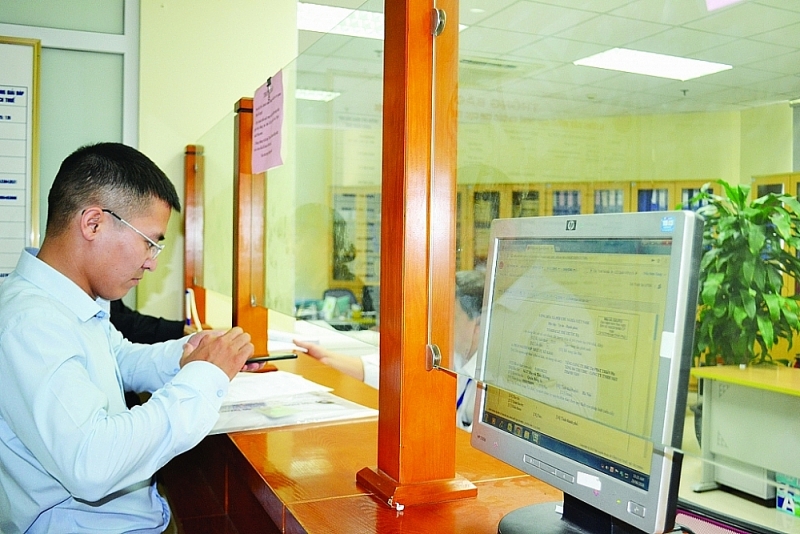 |
| Applying risk management in tax administration to meet reform requirements of the Government and the Ministry of Finance. Photo: Thuy Linh |
Variety of exist in risk management
Previously, the application of risk management in tax administration was stipulated in legal documents, including the Law on Tax Administration No. 21/2012/QH13, now Law on Tax Administration No. 38/2019/ QH14, Decree No. 83/2013/ND-CP, Circular No. 156/2013/TT-BTC and detailed instructions in Circular No. 204/2015/TT-BTC dated December 21, 2015 of the Ministry of Finance, creating a legal corridor for the implementation of the application of risk management in tax administration fully and comprehensively, contributing to the reform and modernisation of tax administration, improving the effectiveness and efficiency of tax administration. However, according to the General Department of Taxation, in the process of applying it in practice, there have been some issues that are not appropriate in recent times.
For example, there is a problem with the risk management mechanism in tax administration. Circular 204/2015/TT-BTC on risk management in tax administration only stipulates individual implementation of some tax management functions, leading to the development of sets of criteria, with many criteria duplicating each other. Businesses in the high-risk category in the invoice risk assessment criteria are checked on invoices in this period and may also be on the list of high-risk firms in the risk assessment criteria. The risk to the inspection dossier should be checked again at the tax office in the next period or the firm has been on the list of inspection and inspection at the taxpayer's office. This makes it difficult to build applications, difficult to link, check and coordinate the implementation of other appropriate tax management measures.
There are also problems related to tax compliance assessment for taxpayers. The regulation of conditions for assessing the level of tax compliance for taxpayers in Circular No. 204/2015/TT-BTC leads to many taxpayers who are assessed as having good tax compliance. The rate is low due to many strict evaluation criteria like not accepting declarations, paying taxes on time or tax debts even though the amount is very small compared to the amount payable.
The General Department of Taxation also pointed out shortcomings related to the application of risk management in selecting inspection and examination cases at the taxpayer's office, the application of risk management in tax refund management, and the application of risk management in the management of risk management electronic invoices.
The General Department of Taxation believes it is necessary to continue to amend, supplement and perfect the risk management process to suit the situation, the requirements for reform and modernisation of the tax system, and international practices as well as to ensure the legal basis for continuing to promote risk management in tax administration.
Applying risk management in a new way
The Law on Tax Administration No. 38 has supplemented regulations on applying risk management in electronic invoice management, identifying high tax risk cases that need to use e-invoices with codes of tax authorities. Recently, the Ministry of Finance issued Circular No. 31/2021/TT-BTC regulating the application of risk management in tax administration. This circular details and guides the implementation of Article 9 of the Law on Tax Administration No. 38/2019/QH14 and provisions of legal documents based on inheriting many provisions in Circular No. 204/2015/TT-BTC of the Ministry of Finance guiding the application of risk management in tax administration and similarities with the risk management of taxpayers having import-export activities (on some principles for assessing tax risk), assessment steps from tax compliance to taxpayer risk, the results of the previous assessment to assess taxpayers in the next step, etc.).
According to the General Department of Taxation, this circular stipulates comprehensively and comprehensively the application of risk management, throughout the functions and operations of tax administration from tax registration; tax; tax debt and enforcement of tax administrative decisions; tax refund; check; tax inspection and manage invoices, documents and other tax management functions and operations.
The circular also specifically guides the implementation of professional measures and techniques on risk management from collection and processing of information for risk management in the agency's professional activities. tax office, develop and apply sets of risk management criteria and indicators according to each tax management function; assess the level of tax compliance, taxpayer risk; key control and supervision of taxpayers showing signs of tax law violations; applying tax management information systems to classify risks, measure and assess compliance, determining the form and level of compliance management, urging and inspection.
It also specifies the responsibilities of tax authorities at all levels and related agencies, units, organisations and individuals in coordinating the implementation of regulations on the application of risk management in tax administration to create a sufficient and favourable legal basis for the effective application of risk management mechanisms to tax administration, meeting the requirements of the Government and the Ministry of Finance.
Related News

Proactive customs measures for express parcels: Tightening control over import-export goods
22:09 | 27/01/2025 Customs

Challenges facing customs revenue collection in 2025
20:00 | 31/12/2024 Customs
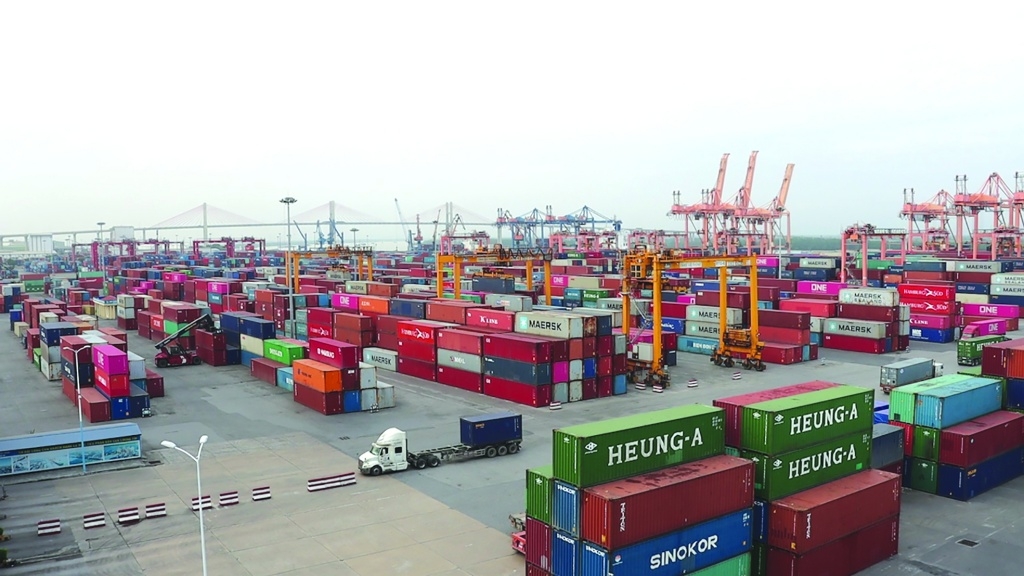
Vietnam’s trade activity declines in early November despite strong year-to-date growth
10:35 | 05/12/2024 Import-Export

Hanoi Customs partners with businesses to boost import-export activities
10:49 | 15/11/2024 Customs
Latest News

Consulting on customs control for e-commerce imports and exports
14:50 | 14/02/2025 Regulations
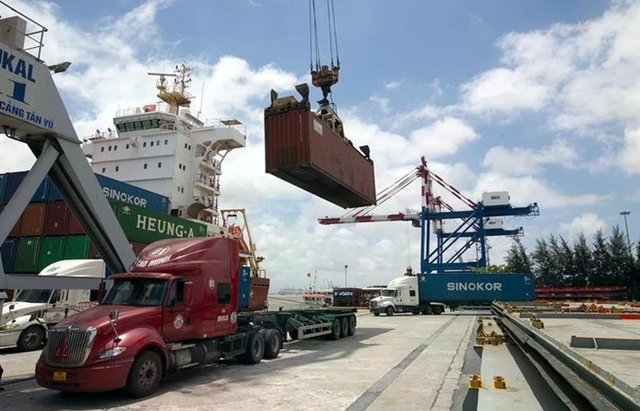
Flexible tax policy to propel Việt Nam’s economic growth in 2025
14:14 | 06/02/2025 Regulations

Brandnew e-commerce law to address policy gaps
18:44 | 29/01/2025 Regulations
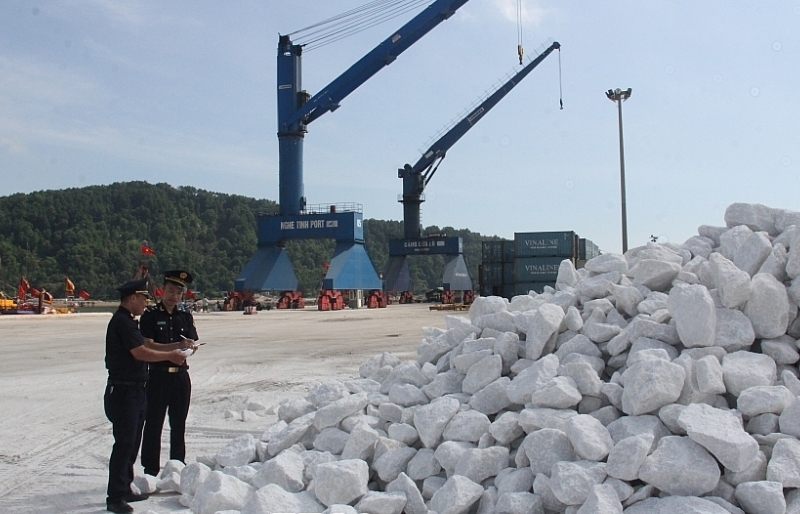
From January 1, 2025: 13 product codes increase export tax to 20%
14:23 | 29/12/2024 Regulations
More News
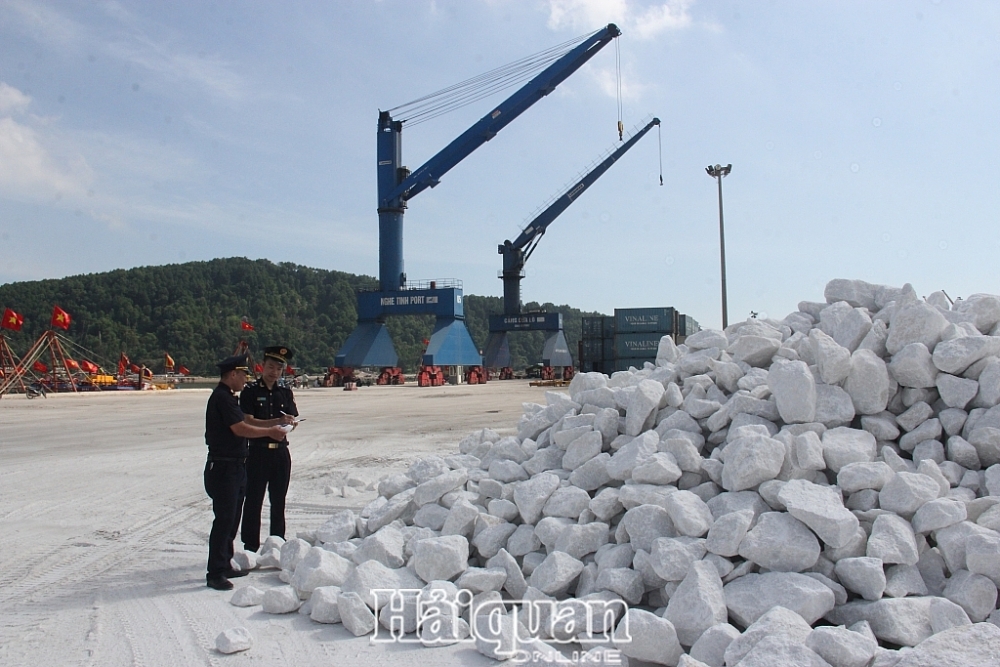
Export tax rates of 13 commodity codes to increase to 20% from January 1, 2025
13:46 | 28/12/2024 Regulations

Proposal to reduce 30% of land rent in 2024
14:58 | 25/12/2024 Regulations

Resolve problems related to tax procedures and policies for businesses
13:54 | 22/12/2024 Regulations
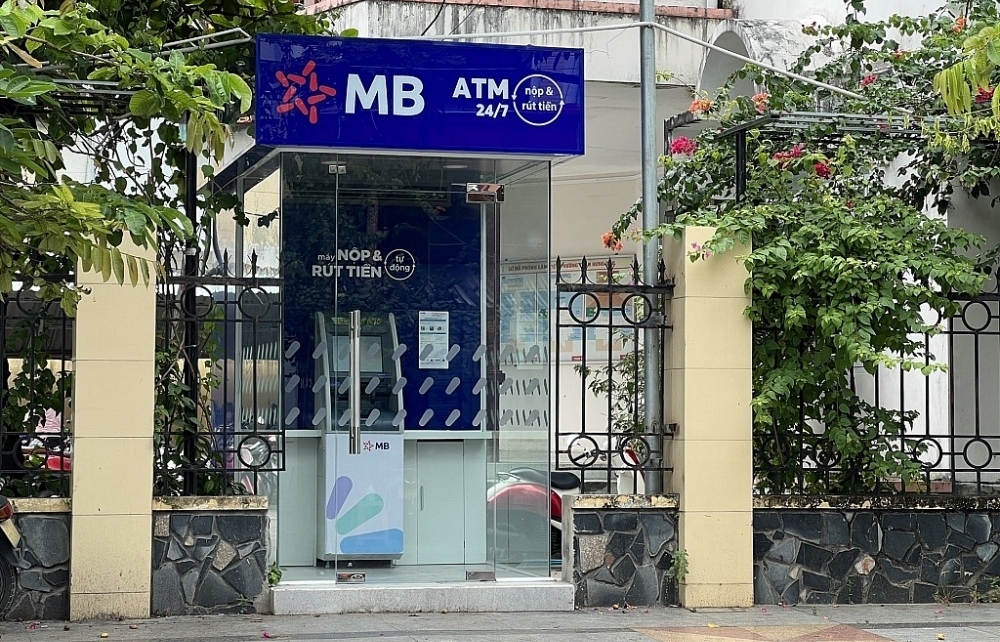
New regulations on procurement, exploitation, and leasing of public assets
09:17 | 15/12/2024 Regulations

Actively listening to the voice of the business community
09:39 | 12/12/2024 Customs
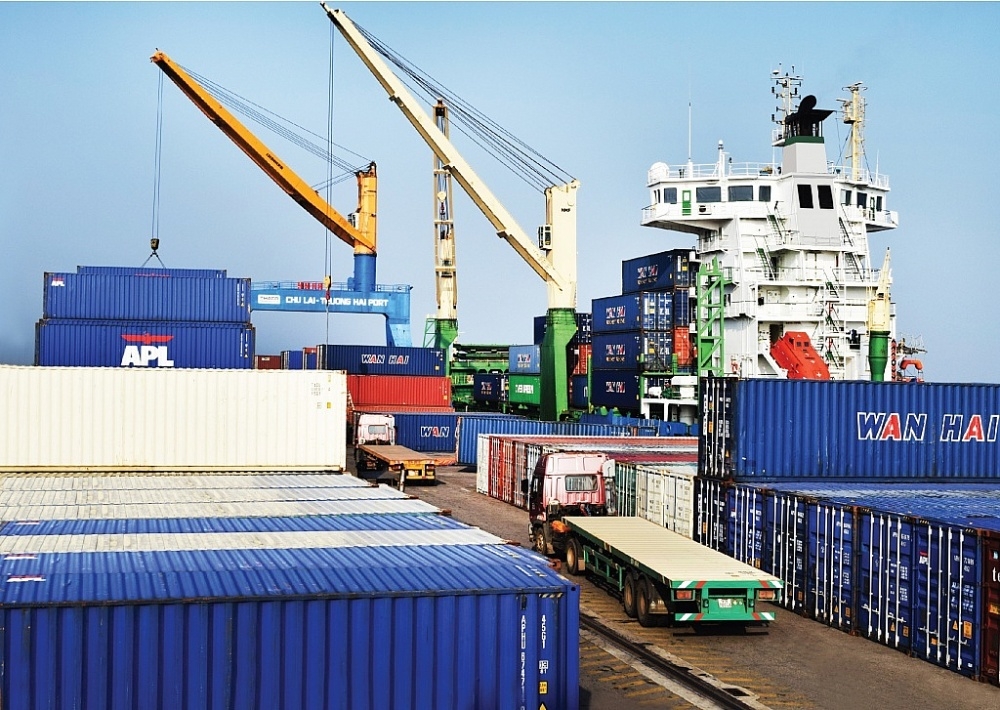
Step up negotiations on customs commitments within the FTA framework
09:44 | 08/12/2024 Regulations
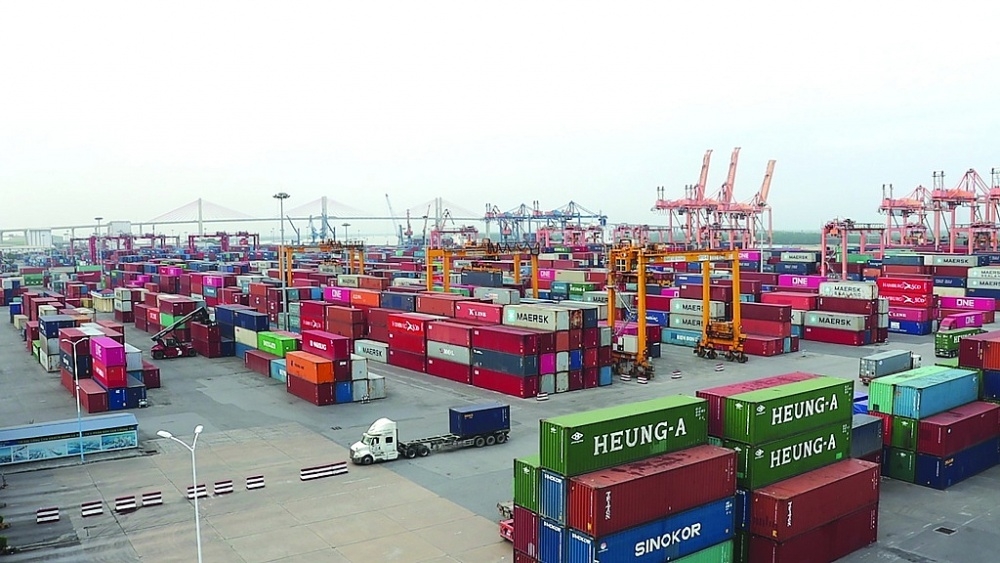
Proposal to amend regulations on goods circulation
13:45 | 06/12/2024 Regulations

Review of VAT exemptions for imported machinery and equipment
10:31 | 05/12/2024 Regulations

Customs tightens oversight on e-commerce imports
13:39 | 04/12/2024 Regulations
Your care

Consulting on customs control for e-commerce imports and exports
14:50 | 14/02/2025 Regulations

Flexible tax policy to propel Việt Nam’s economic growth in 2025
14:14 | 06/02/2025 Regulations

Brandnew e-commerce law to address policy gaps
18:44 | 29/01/2025 Regulations

From January 1, 2025: 13 product codes increase export tax to 20%
14:23 | 29/12/2024 Regulations

Export tax rates of 13 commodity codes to increase to 20% from January 1, 2025
13:46 | 28/12/2024 Regulations
